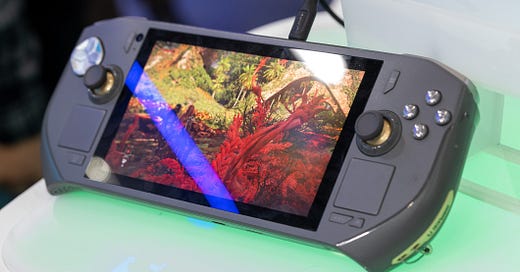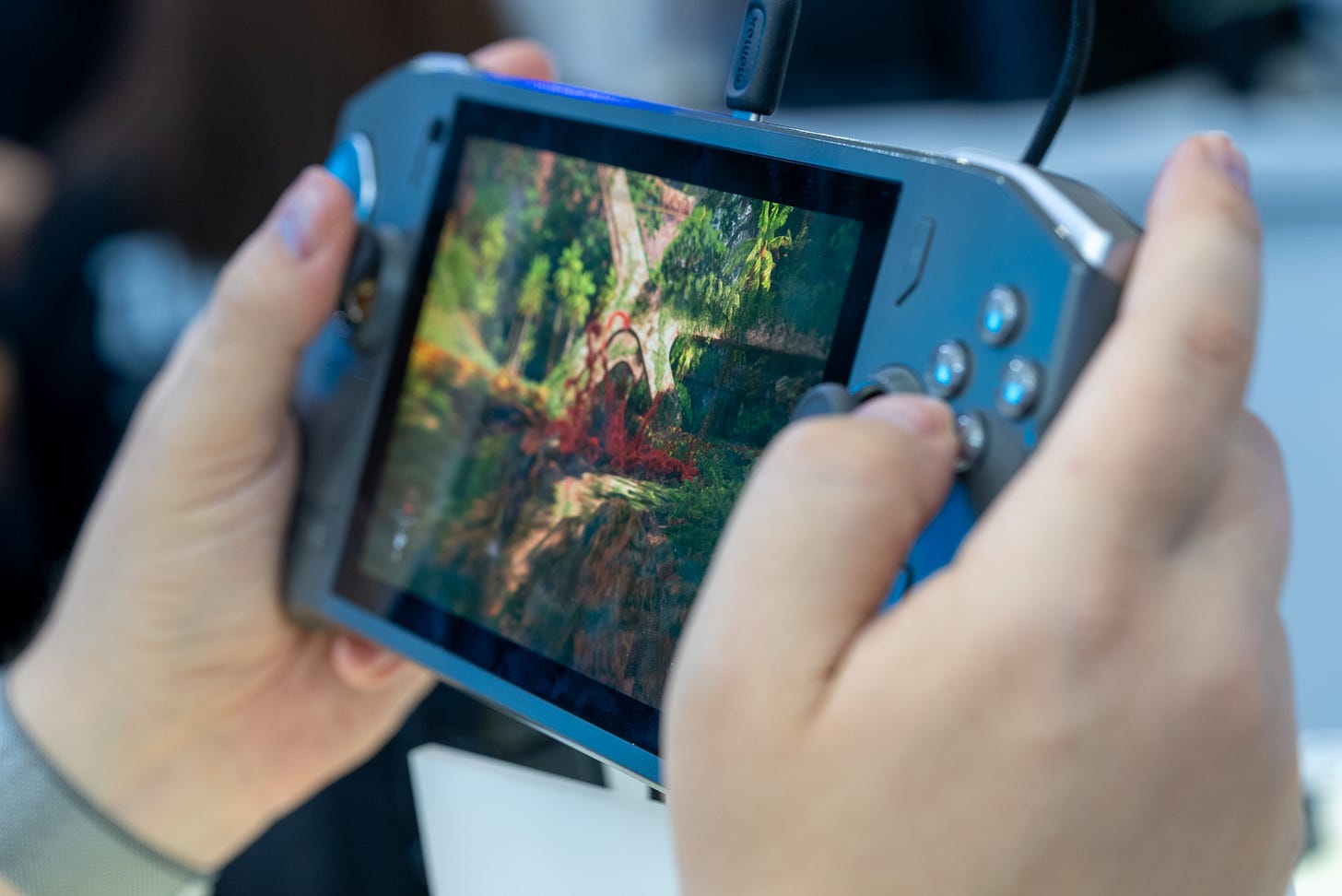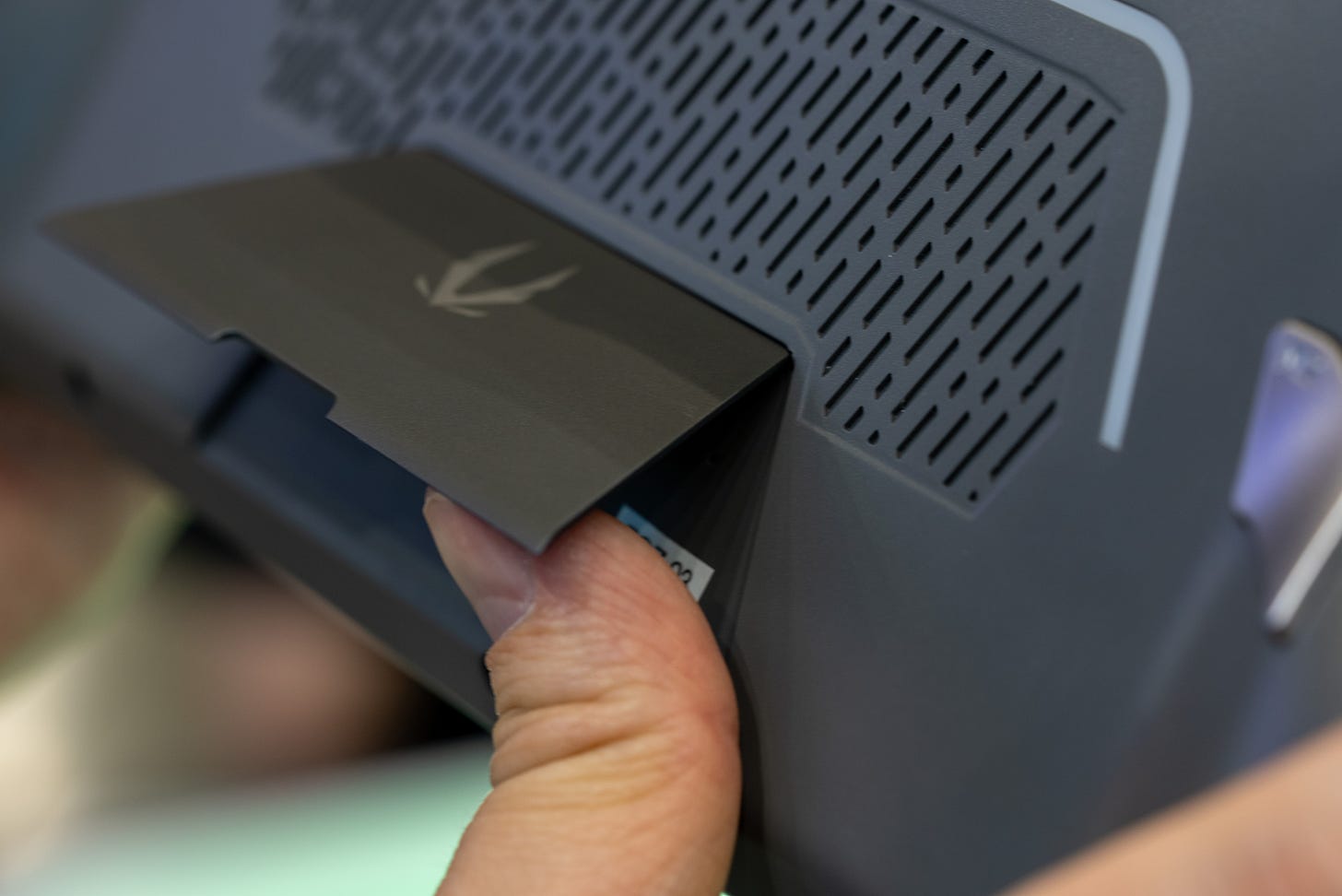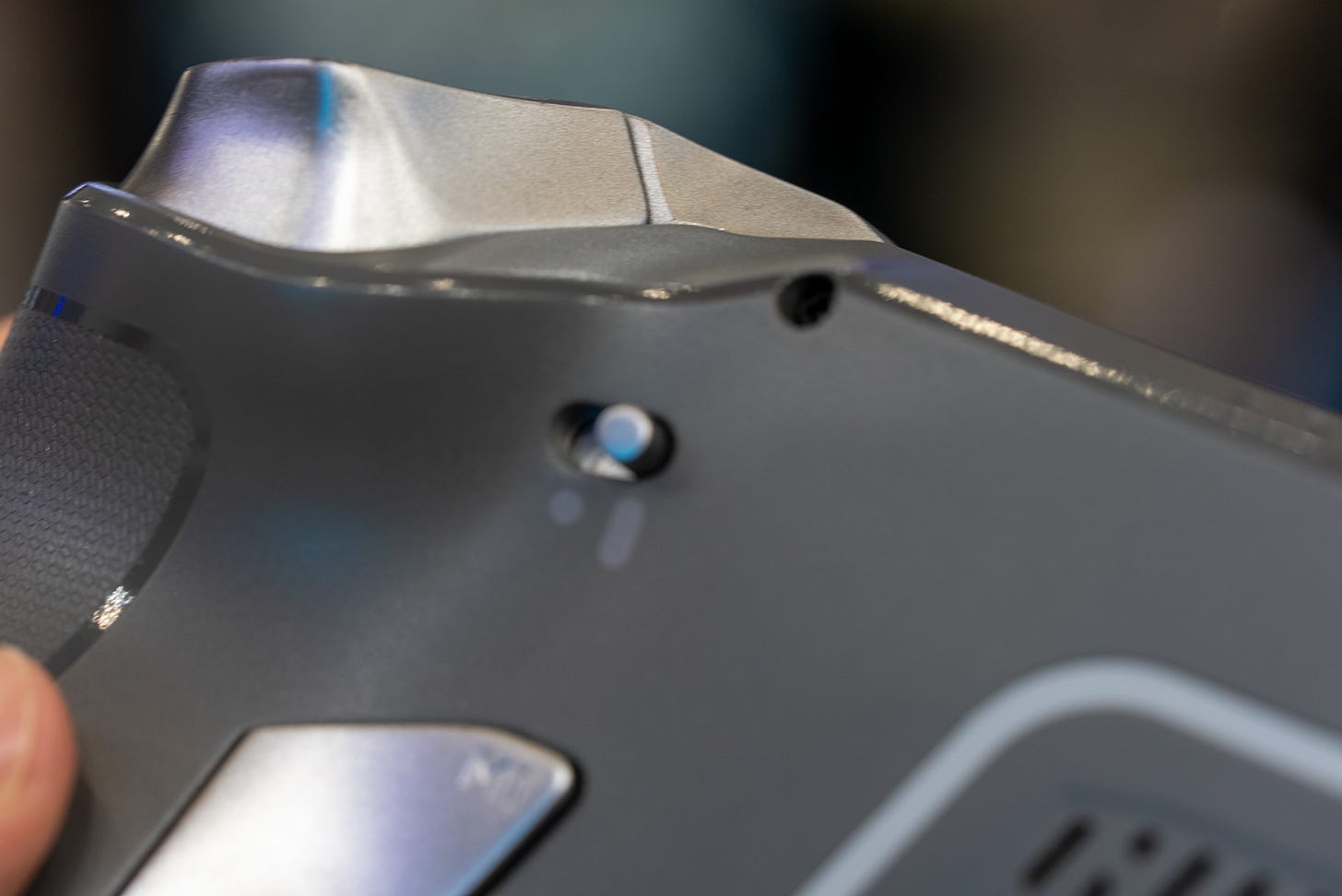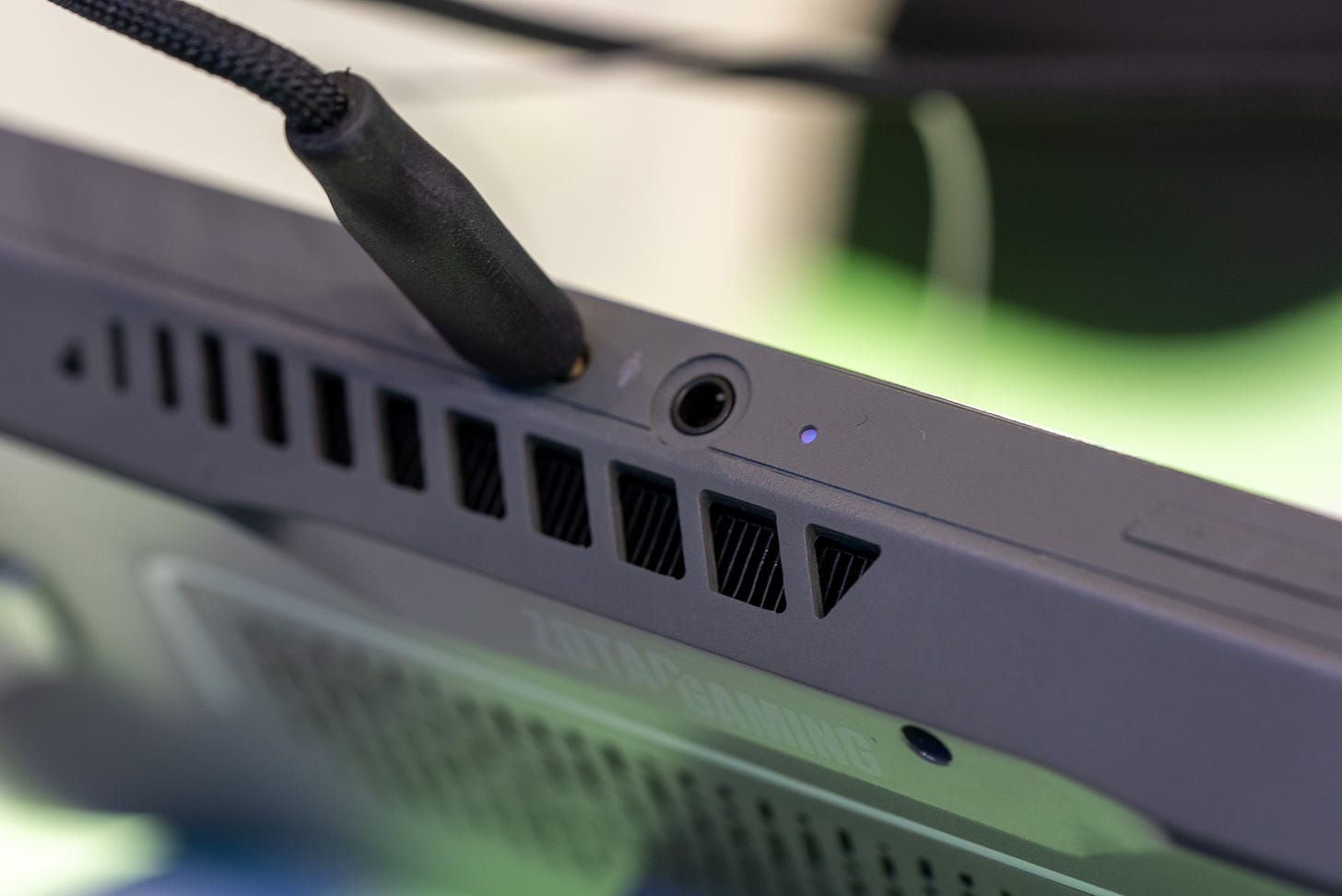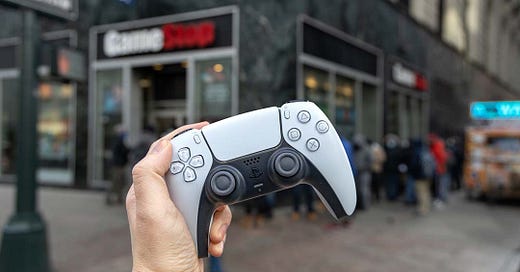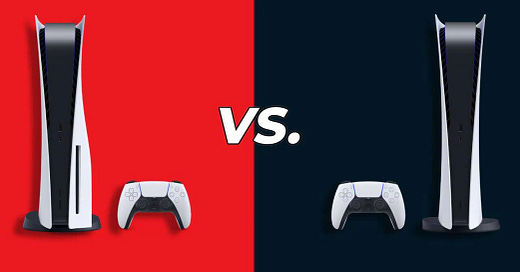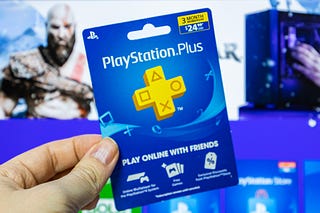
Zotac Zone hands-on review: What if the Steam Deck OLED ran Windows?
The most tunable PC gaming handheld we've ever played with
The Zotac Zone is the closest thing to a Steam Deck OLED running on Windows I’ve ever seen. It’s the only other PC gaming handheld to date that features an AMOLED display and dual trackpads. But at the same time, it’s packing more than enough features to make it stand out including adjustable triggers, rotating dials around the thumbsticks, and a kickstand.
From my hands-on experience at Computex 2024, the Zotac Zone is now one of my most anticipated handhelds when it releases sometime in Q3 2024. Let’s get into it.
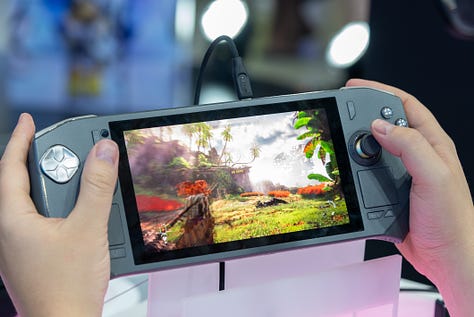
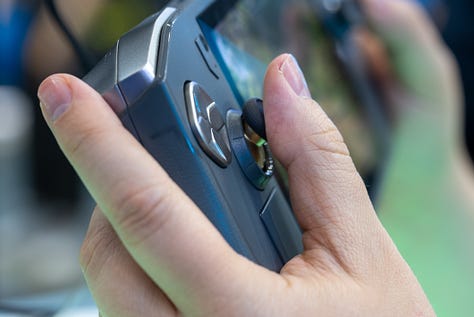
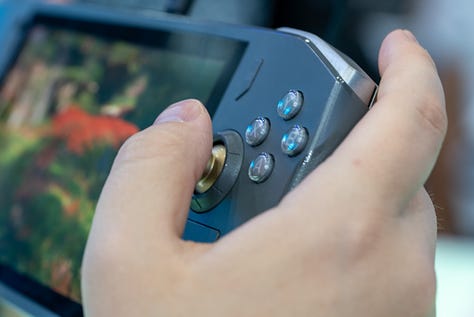
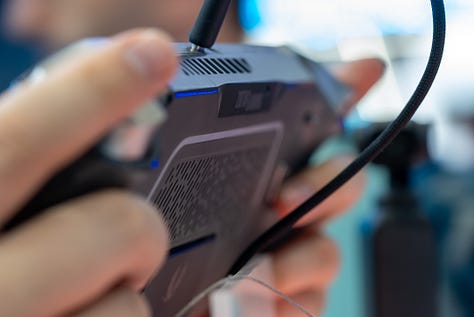
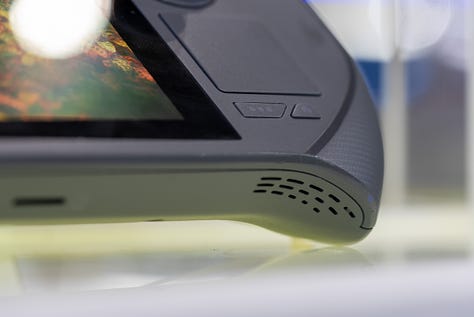
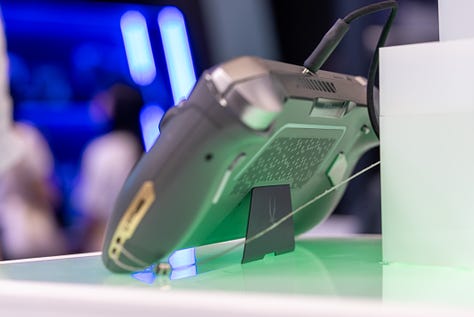
🤖 Futuristic aesthetic. The first thing I noticed about the Zotac Zone was how curved it looked and felt in my hand. It has very rounded controller grips that make it feel very comfortable to hold and give it a more futuristic look in the same way the PS Vita did. The way the bottom corners trail off to a sharp arc also makes it look a bit like the remote control Batarang from Batman Returns – and I think that just adds to the Zotac Zone’s overall vibe. There’s also speakers hidden at the bottom of the Zone’s sides and they’re positioned to direct sound directly at you.
📺 Faster AMOLED screen. The Zotac Zone features a 7-inch AMOLED screen, which should make it more power-efficient while allowing it to hit a higher refresh rate than the Steam Deck OLED. In fact, the Zotac Zone can crank up to 120Hz whereas the Steam Deck is limited to 90Hz. Zotac hasn’t told me whether the Zotac Zone’s screen will support VRR or FreeSync Premium Pro either.
🌈 Fantastic colors. This AMOLED screen looks insanely gorgeous. While playing Horizon Forbidden West, the vibrant colors just popped off the screen with crimson reds and verdant greens. It also helps that the screen can reach a decent 800 peak nits. Now, that’s nowhere near the 1500~1800 nits you can get on an iPhone 15 Pro or Samsung Galaxy S24 Ultra, but it makes it plenty bright for HDR gaming on the go. The AMOLED screen also has incredible viewing angles so we were able to take these off-axis photos of the handheld, and there’s hardly any color shift or loss in contrast.
⚙️ PC chip inside. The Zotac Zone is powered by an AMD Ryzen 7 8840U instead of the Z1 Extreme chip found in most other handhelds like the Asus ROG Ally X and Lenovo Legion Go. Since this is a full-on laptop chip, the Zone should run better as a traditional PC on the go or when you have it docked to a desktop setup. Also with AMD Radeon 780M graphics running under the hood, the Zone should be just as powerful as other handhelds.
💽 Storage and memory. The Zone also has some pretty fast 7500MHz LPDDR5X memory, though I wished Zotac would’ve added more than 16GB of RAM. The storage also only starts with a 512GB SSD, but at least it’s a full-length M.2-2280 so it’ll be easy to replace.
🕹️Anti-drift thumbsticks. For the controls, Zotac went an extra step and added hall-effect analog sticks that should avoid all the dreaded stick-shift found in controllers and other handhelds. Zotac also added radial dials around its thumbsticks and you can turn them to adjust settings like your system volume and screen brightness, pretty handy. The D-pad also feels very clicky even if it comes in a less-than-traditional diamond shape. The only thing I wished was better on the Zotac Zone were the buttons, which felt a bit small and lifeless as they are now.
🖱️ Touchpad control. The Zotac Zone has a pair of touchpads under each of its thumbsticks similar to the Steam Deck OLED. Unfortunately, these controls were disabled during our hands-on so I can’t speak to how well Zotac has implemented them just yet.
🔫 Adjustable triggers. The Zotac Zone also uniquely has two-stage adjustable triggers. You can flick a switch on the back of the handheld and shorten the trigger pull for shooters, action games, fighting games, or anything else that just requires quick button presses.
🪫 Potentially short battery life. Zotac hasn’t shared any estimated battery life figures yet, but the Zone is equipped with a 48.5Wh battery, which is similar in size to the batteries in the original Asus ROG Ally and MSI Claw. Now that could be a problem as the Ally already had enough trouble lasting for two or three hours and the AMD Ryzen 7 8840U is a more power-hungry chip than the AMD Z1 Extreme. The Zotac Zone might arrive with a very short battery life, but that’s just speculation.
🔌 Dual USB-C ports, the right way. Even if the battery life is short, you can easily keep the Zotac Zone charged up with its two USB 4.0 Type-C ports. Thankfully, Zotac decided to also position them correctly apart from each other with one USB-C on the top of the system and another at the bottom.
Kevin Lee is The Shortcut’s Creative Director. Follow him on Twitter @baggingspam.

